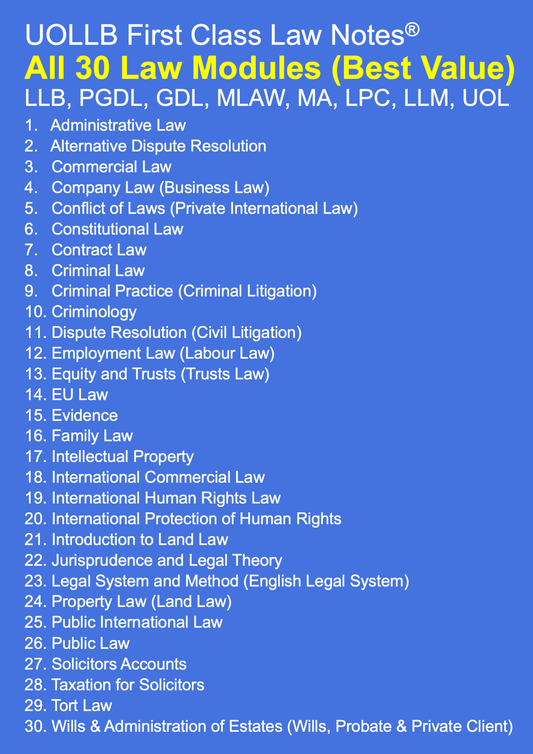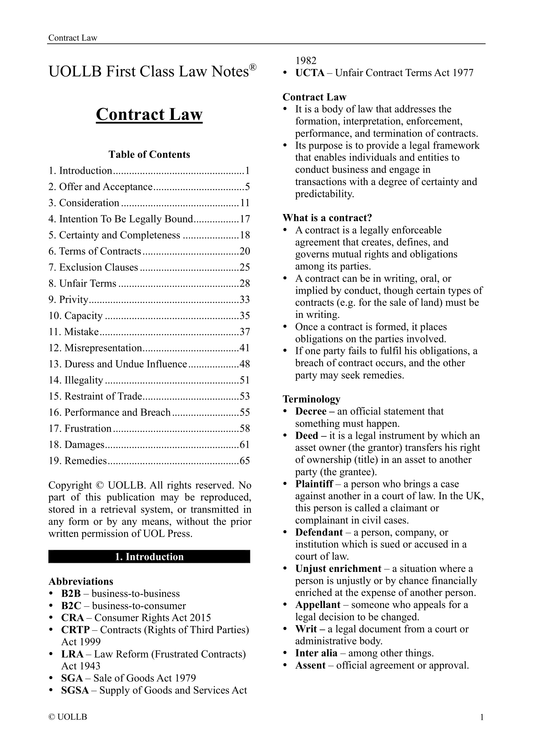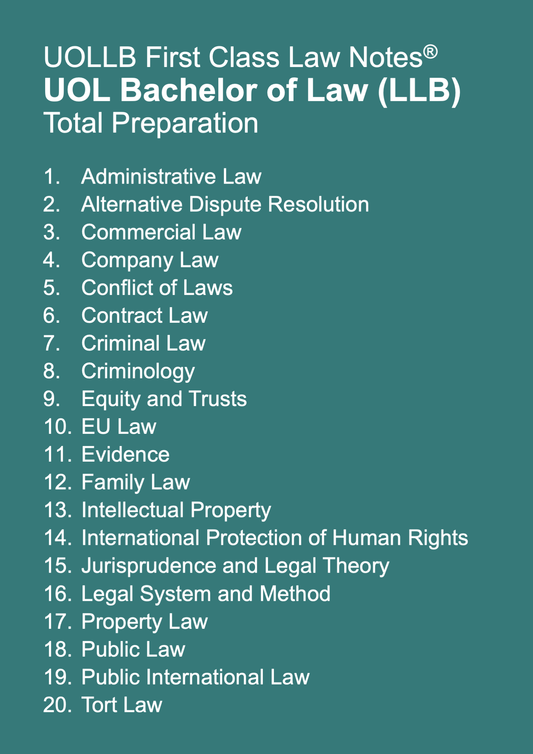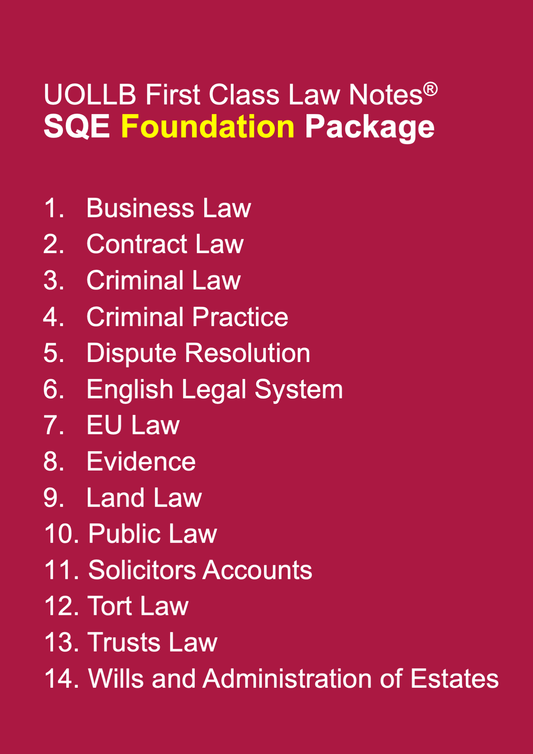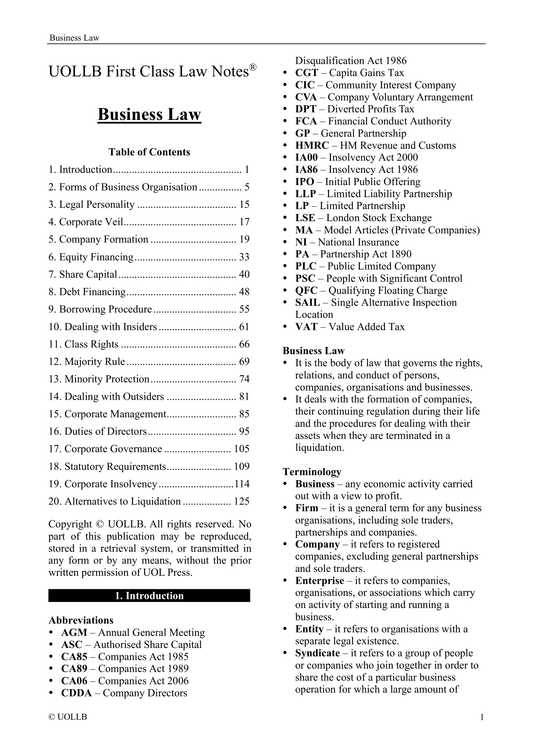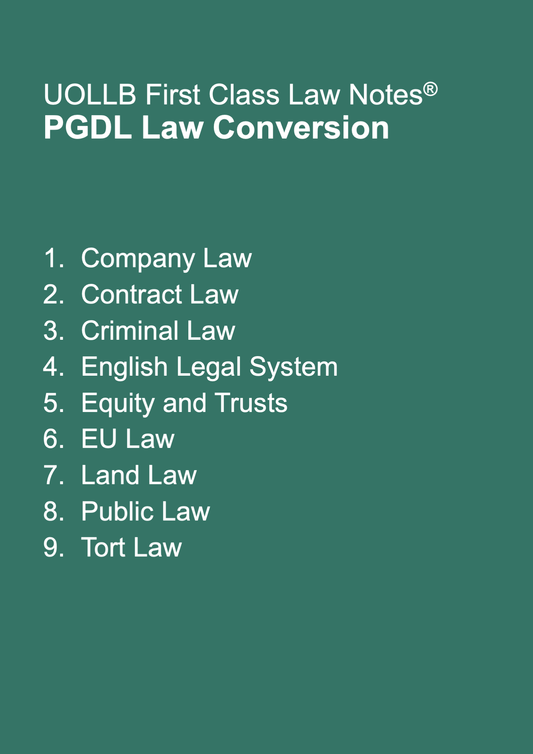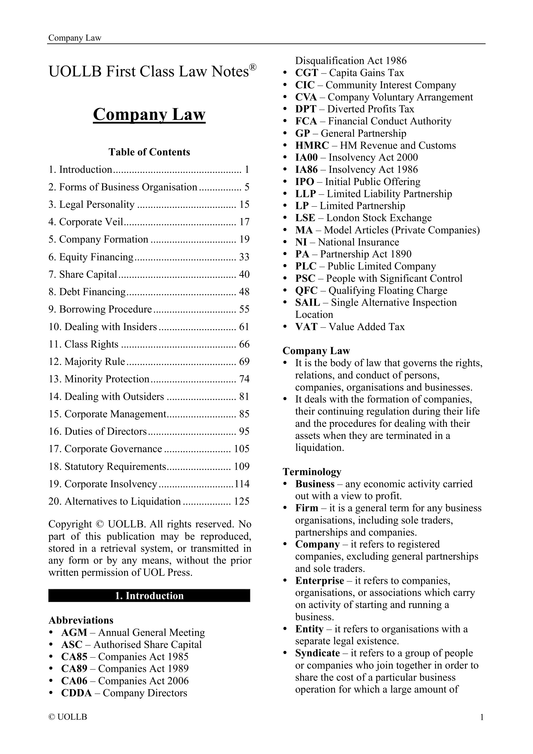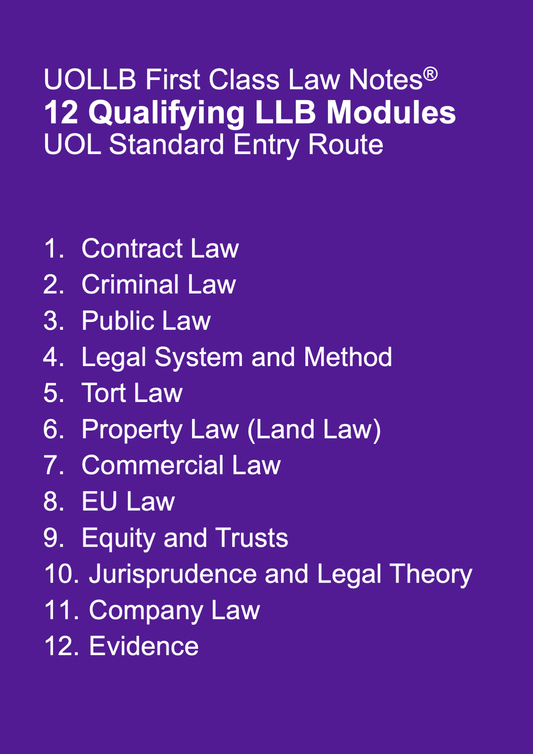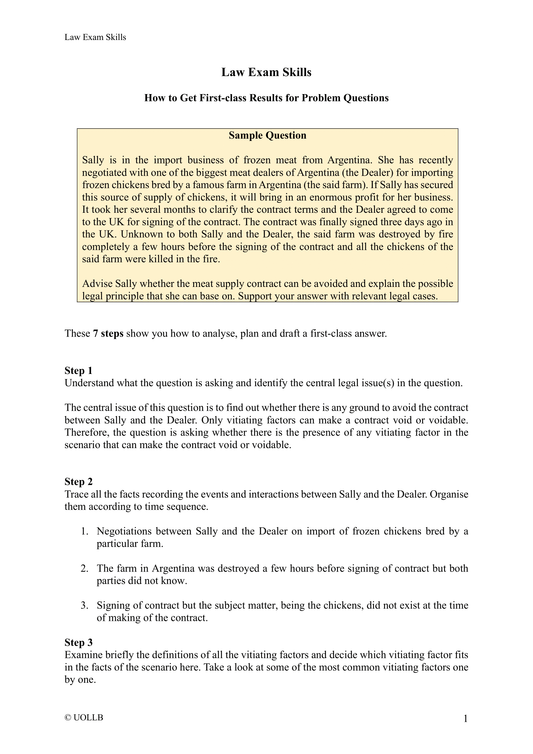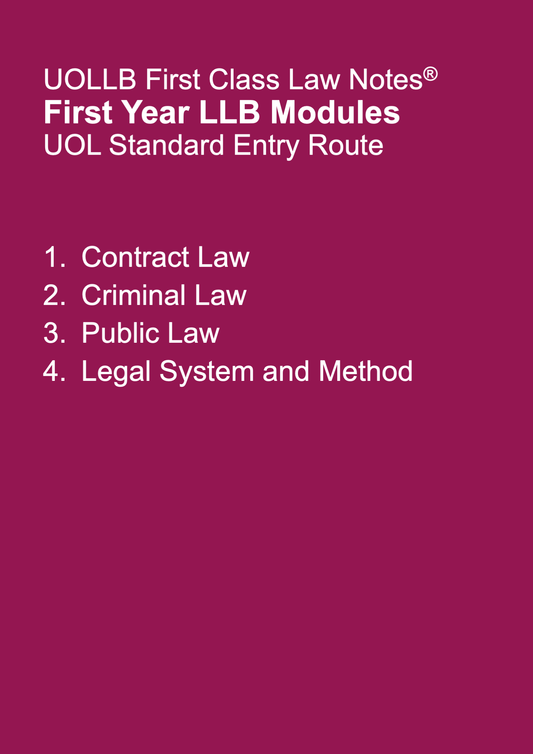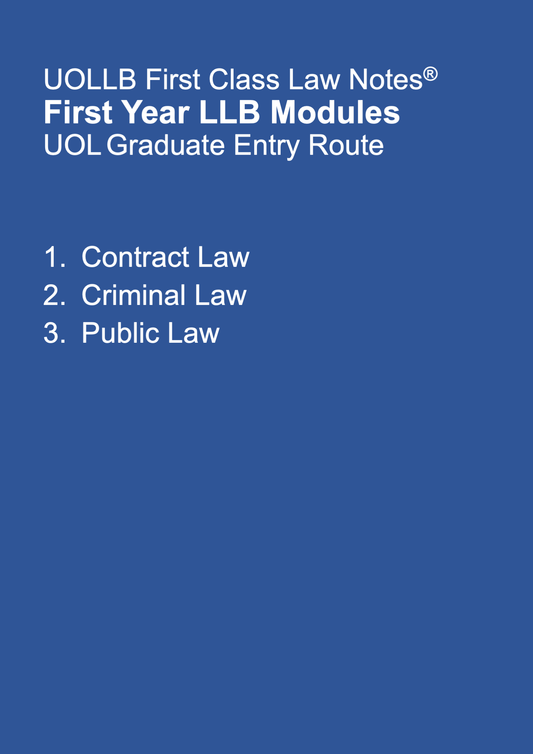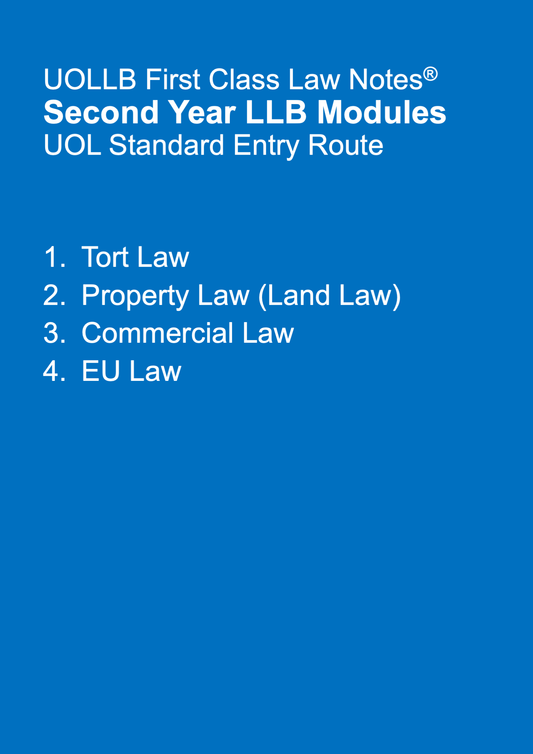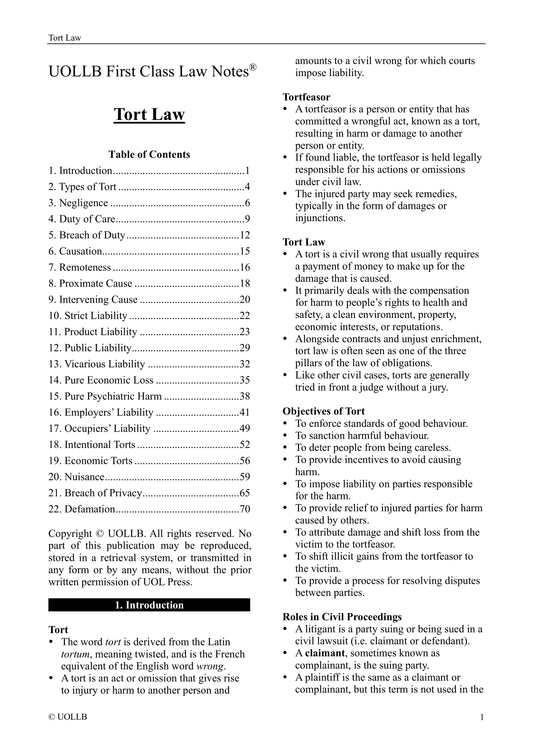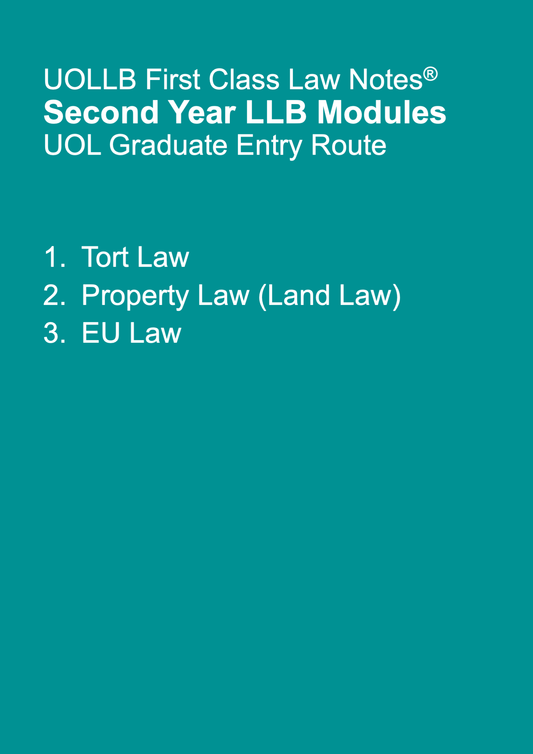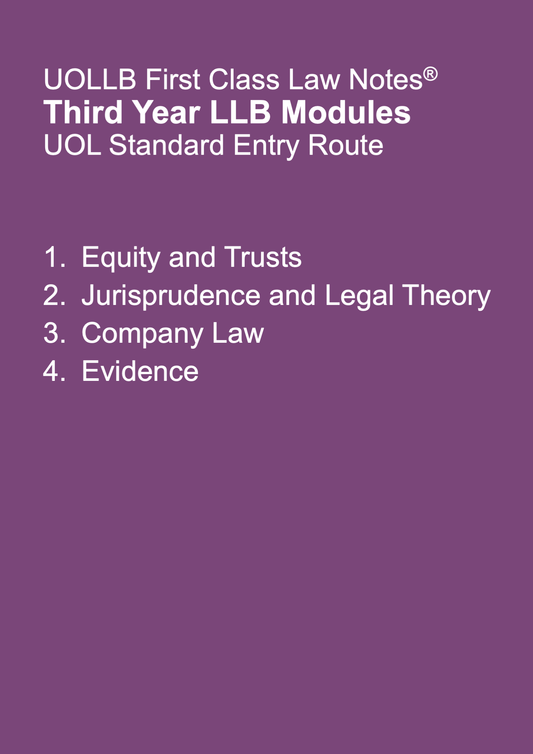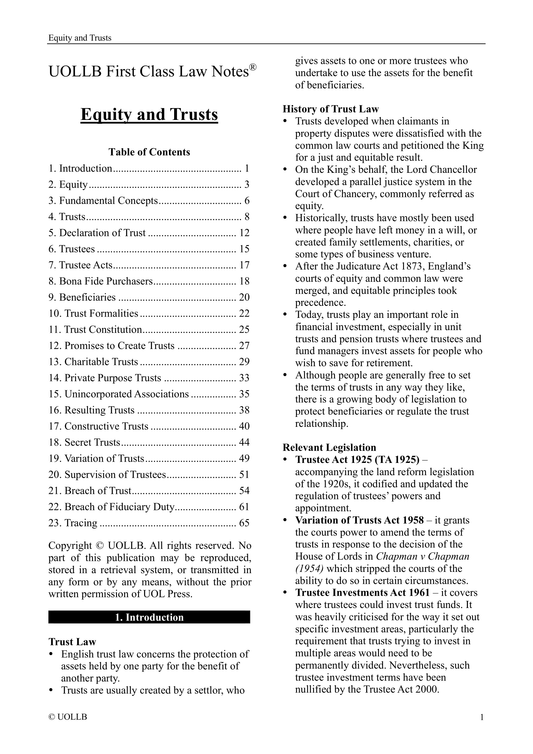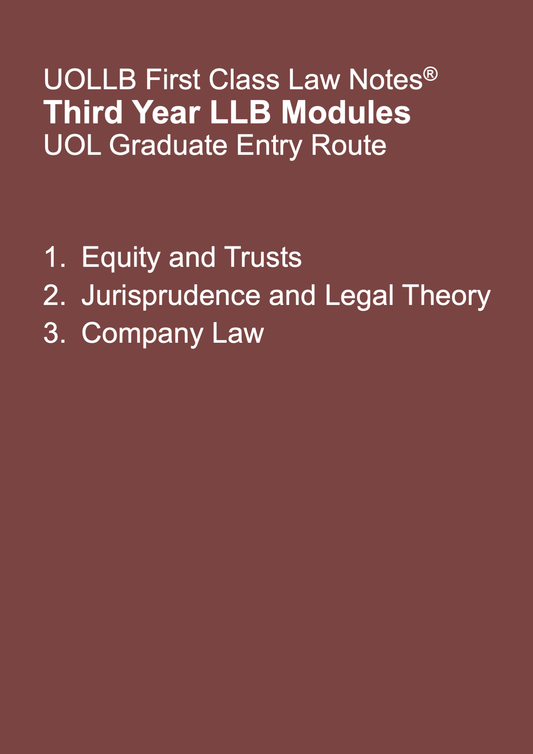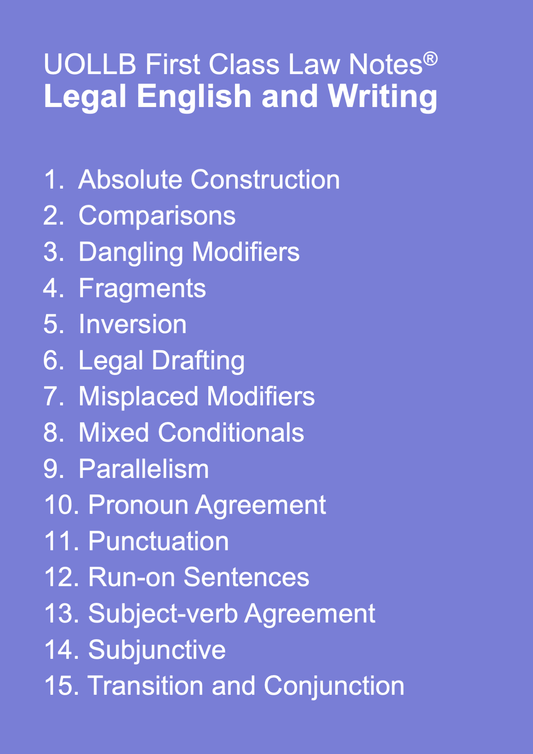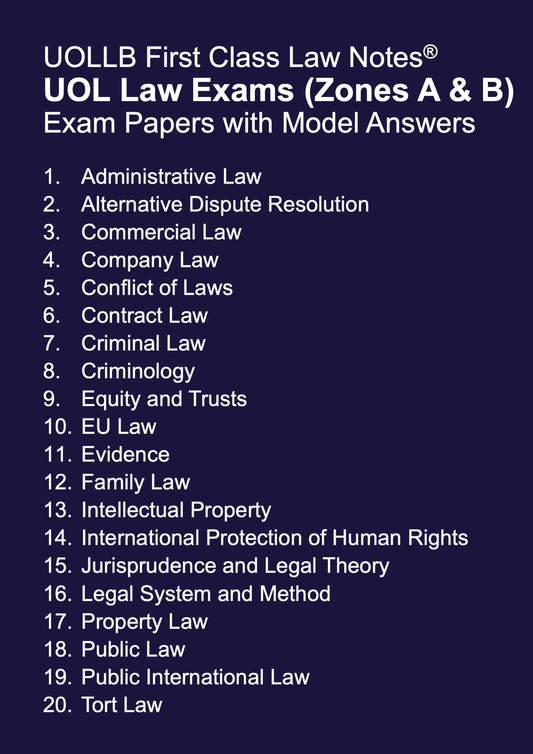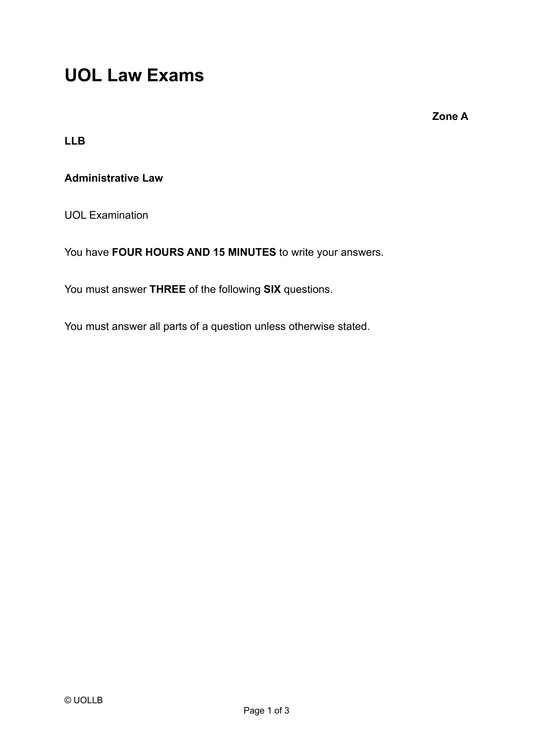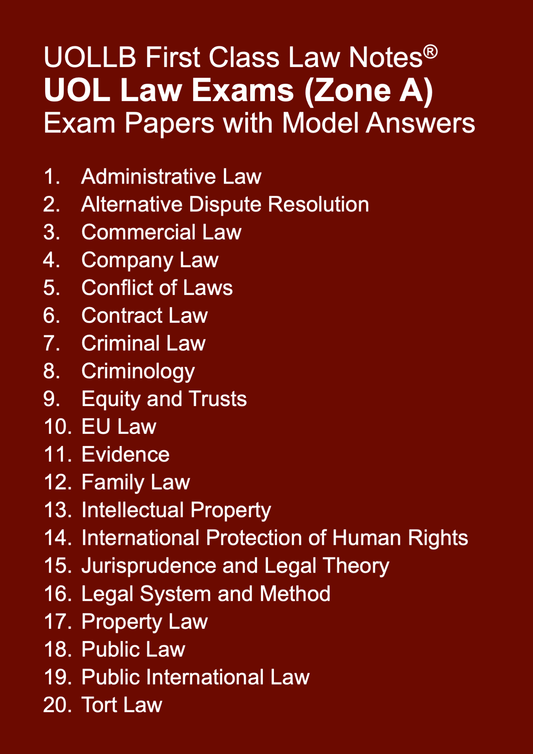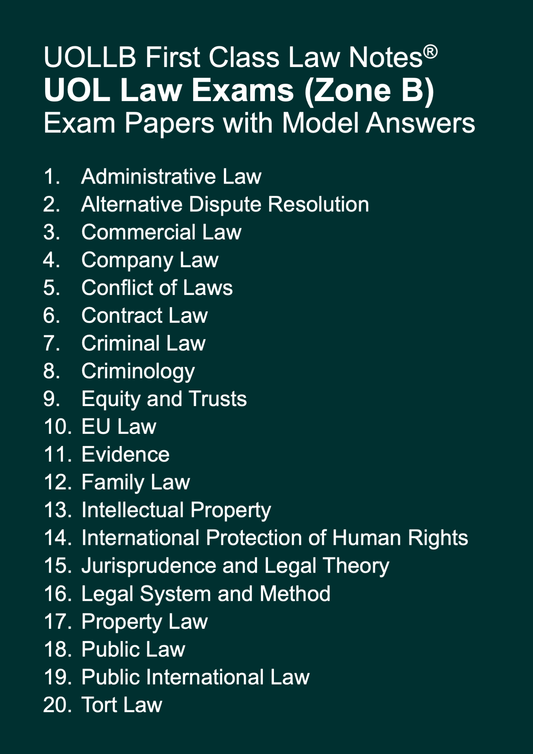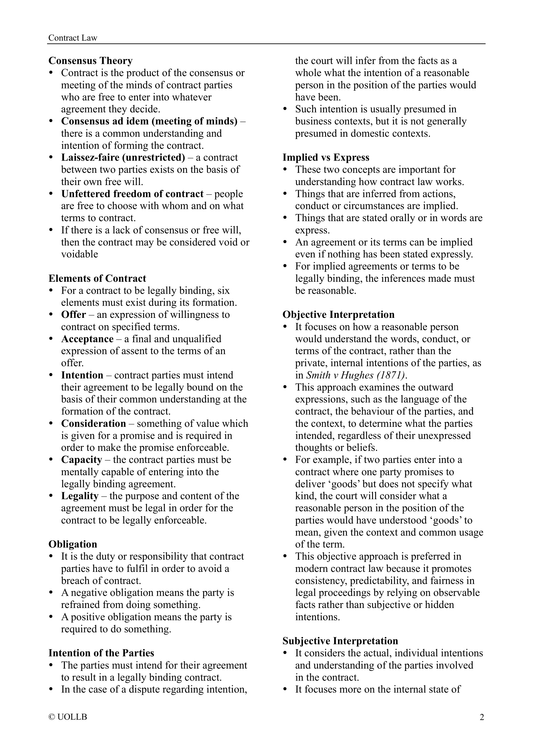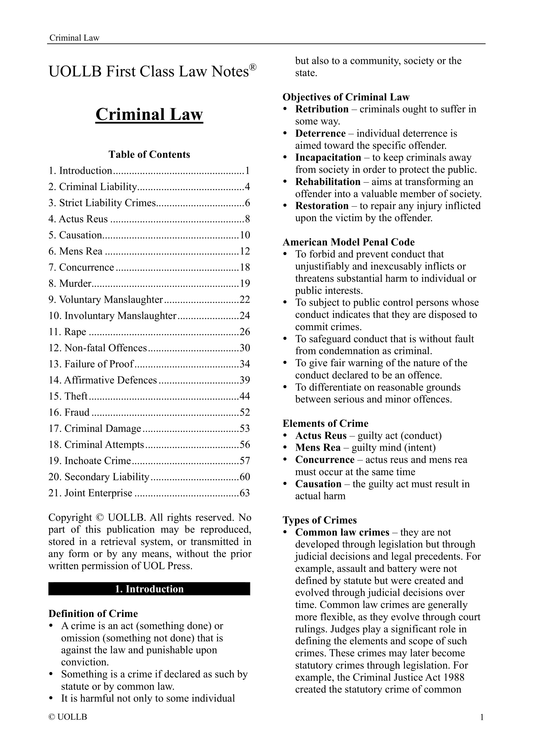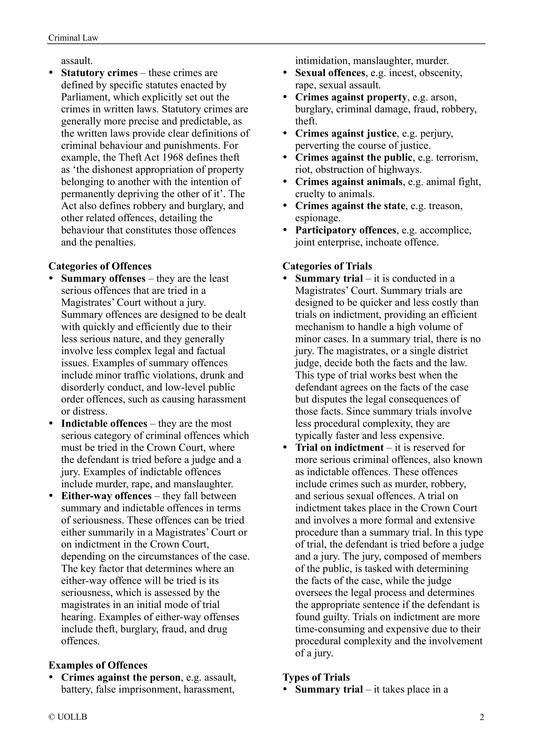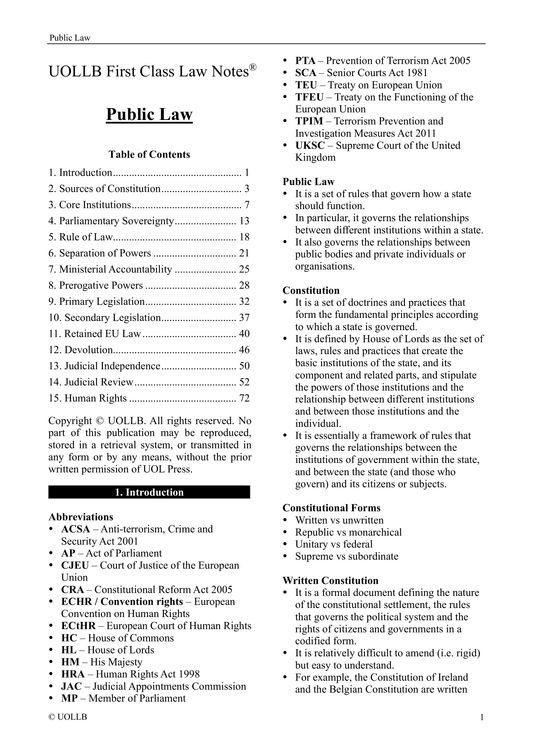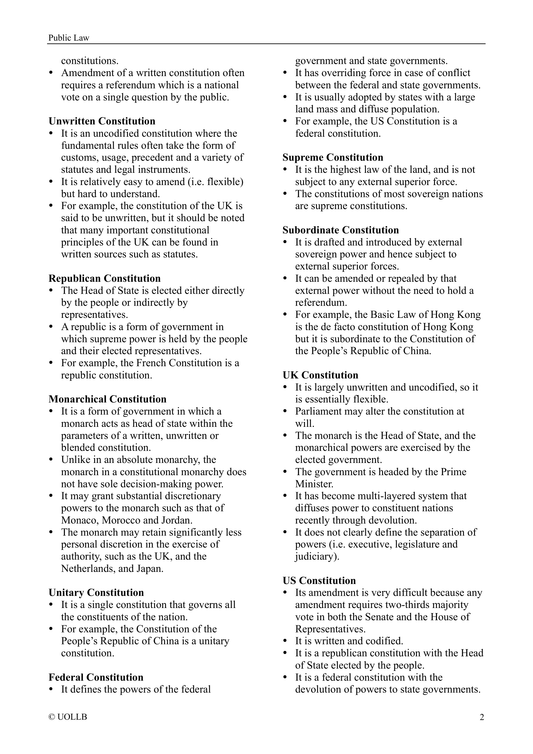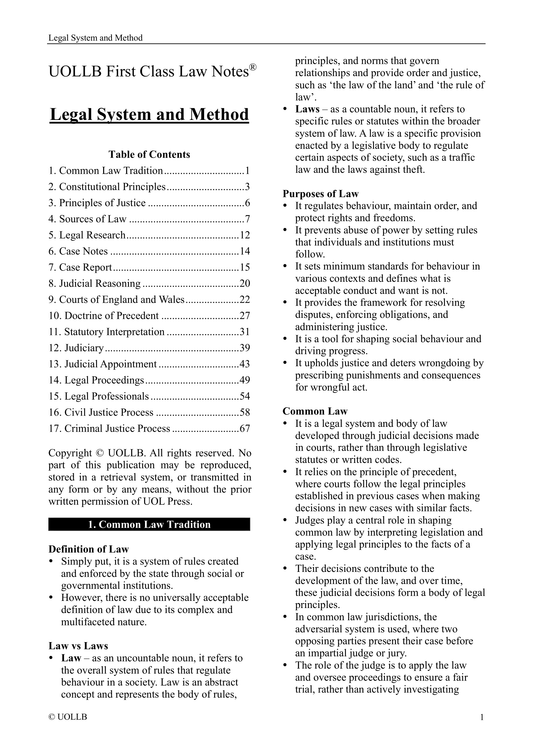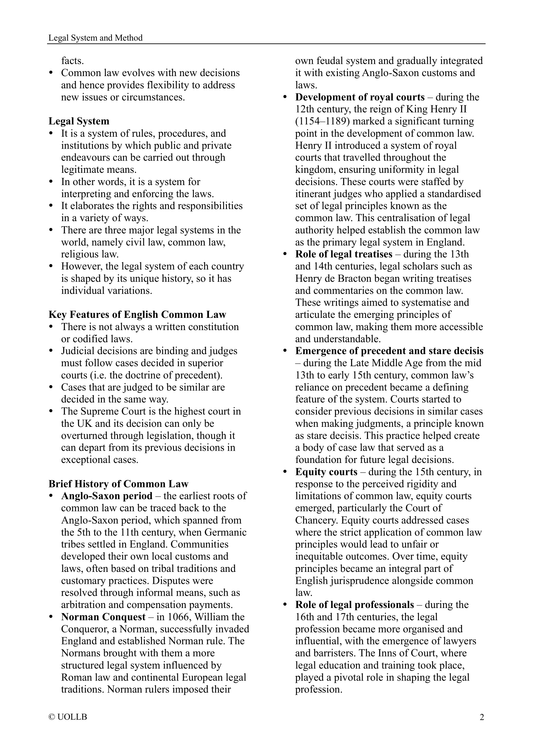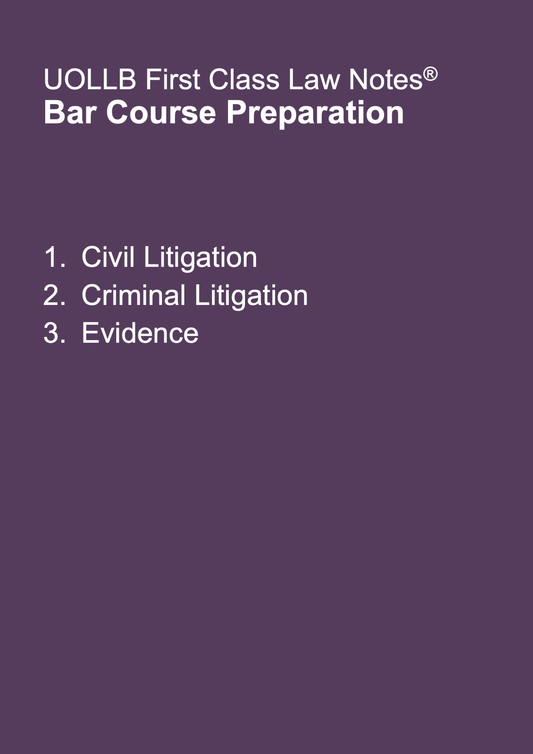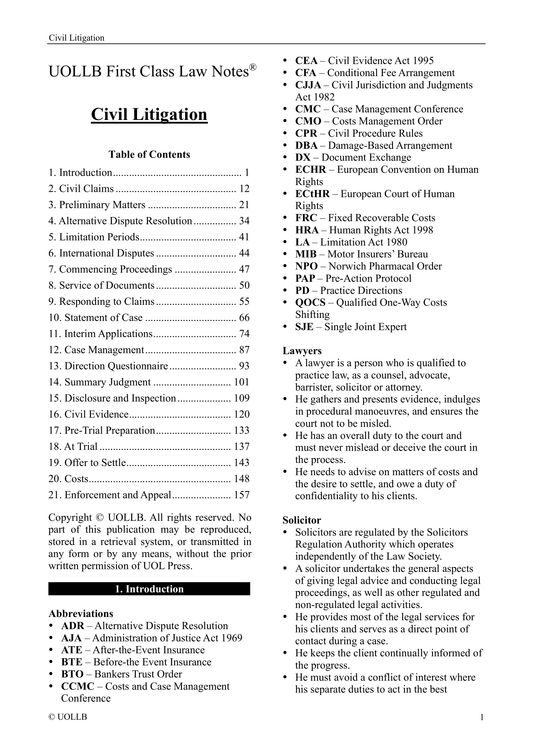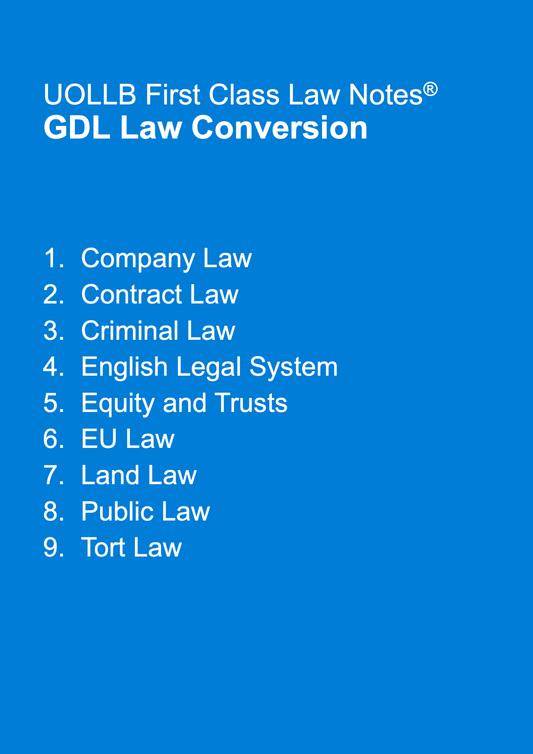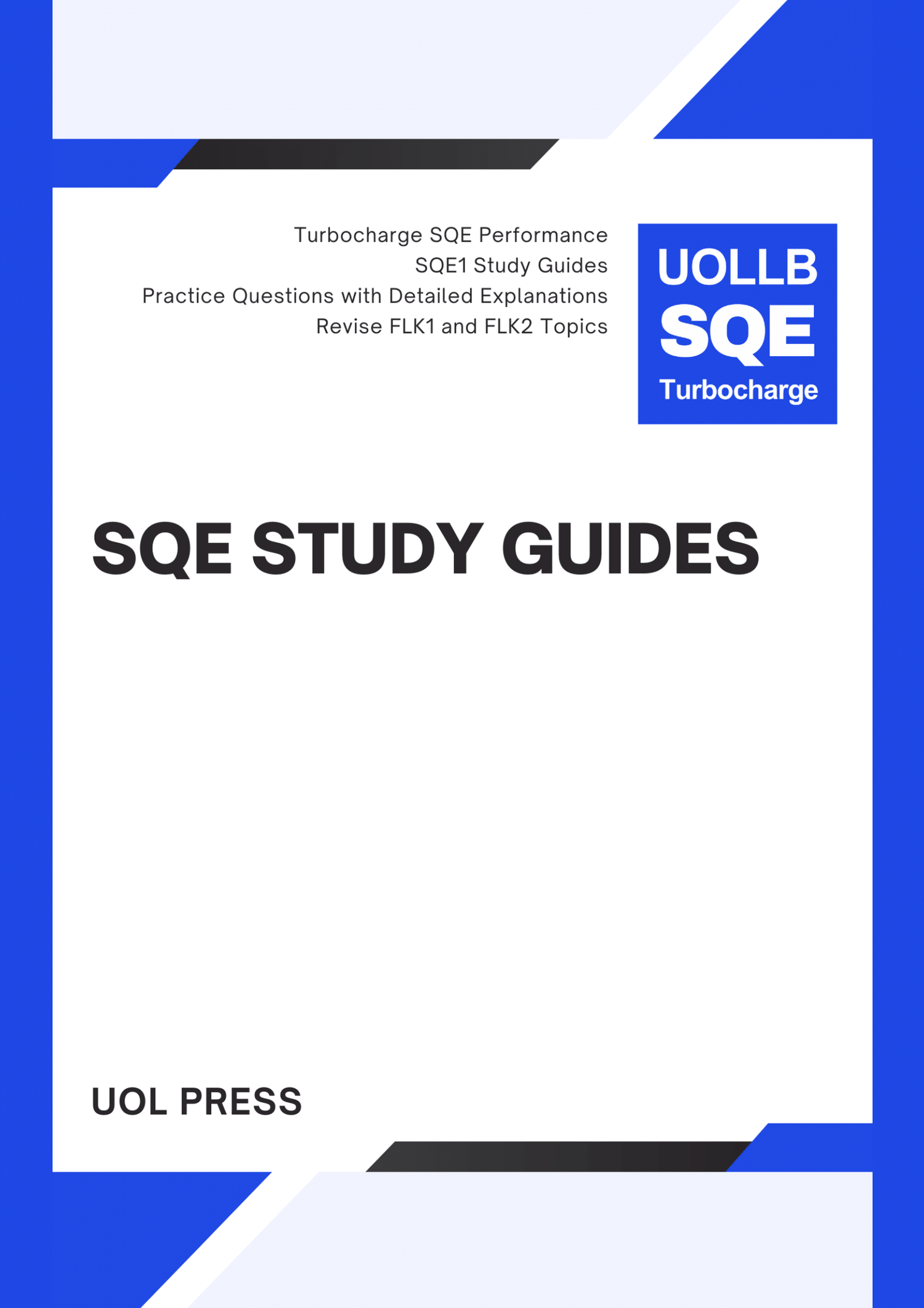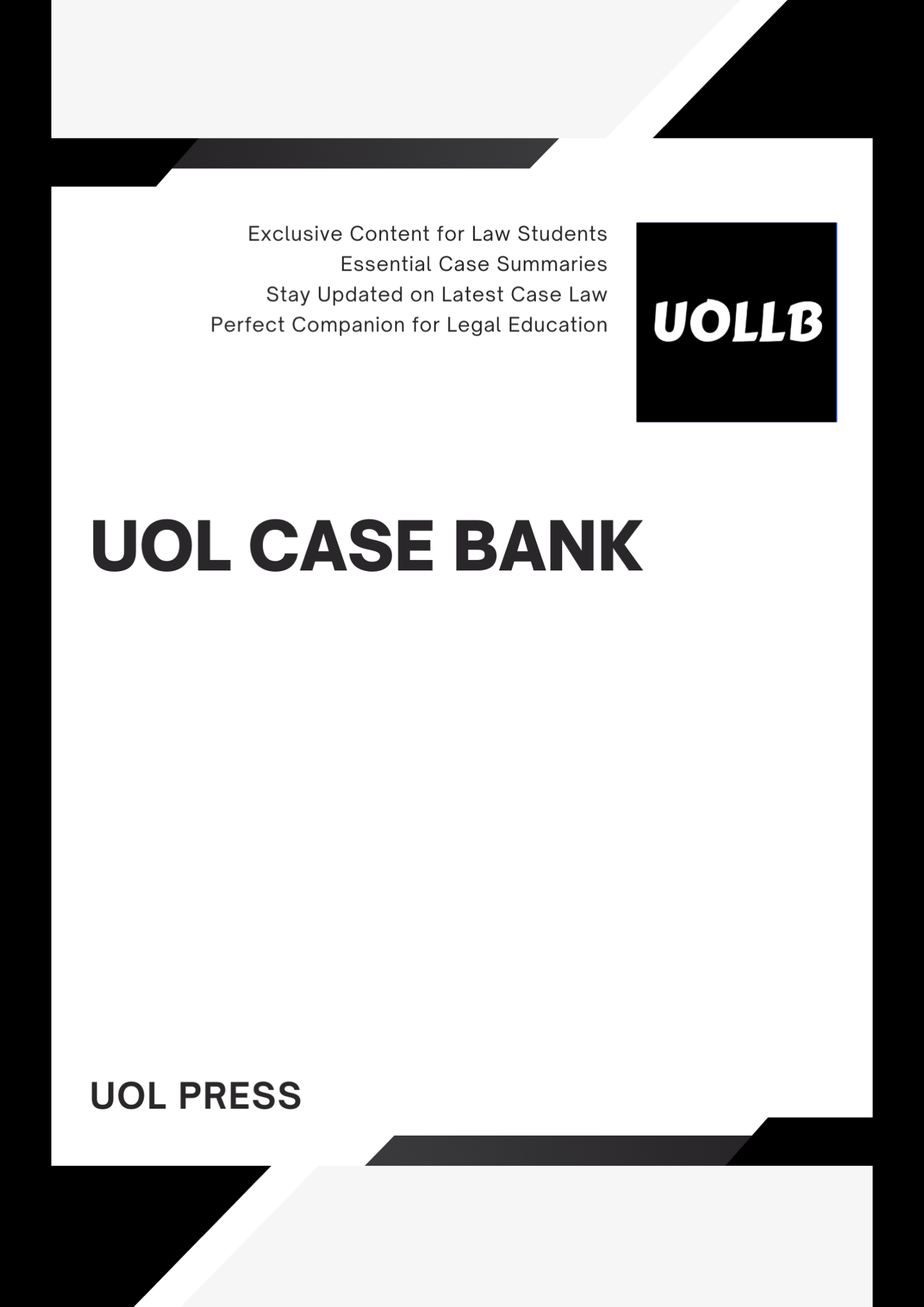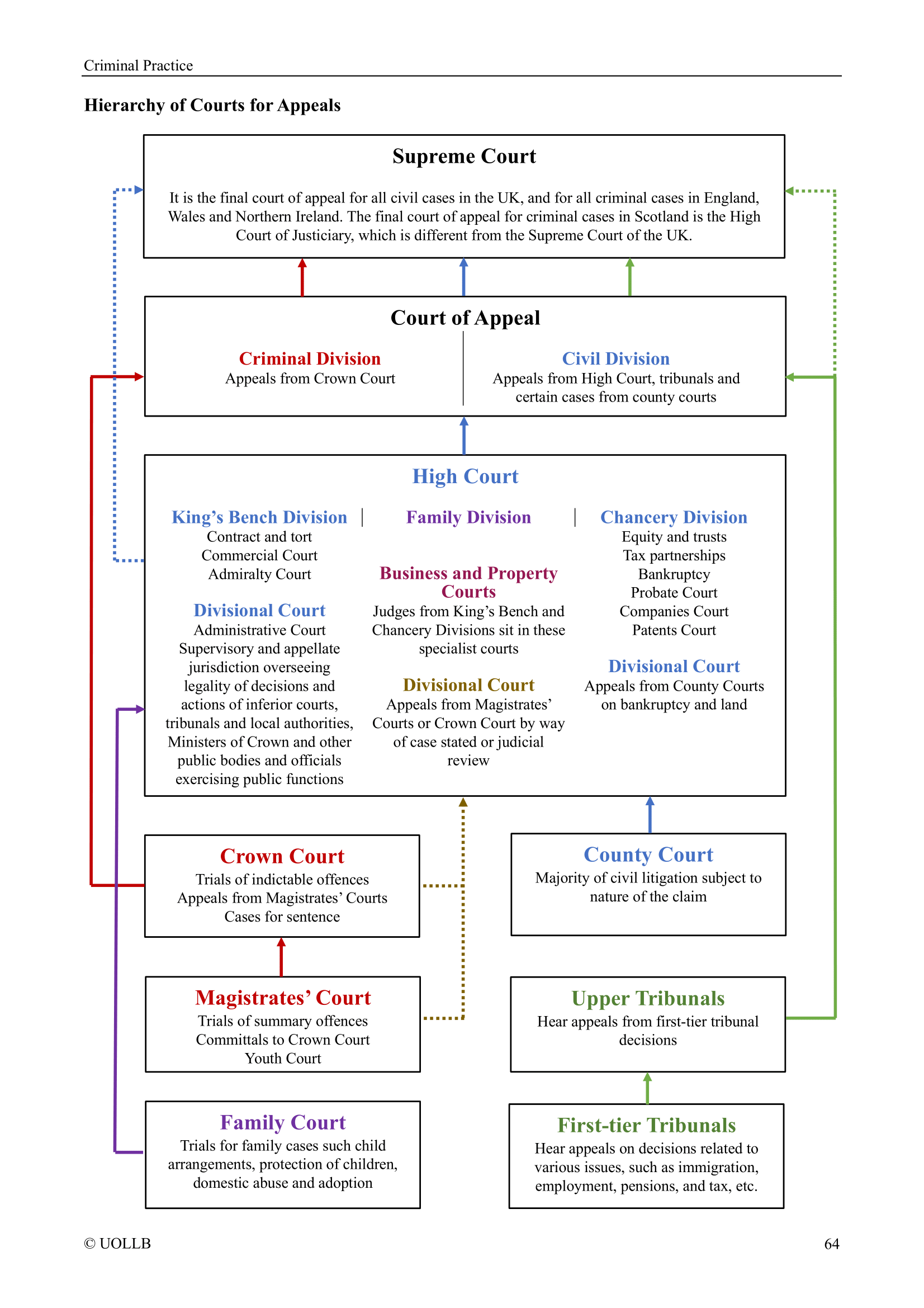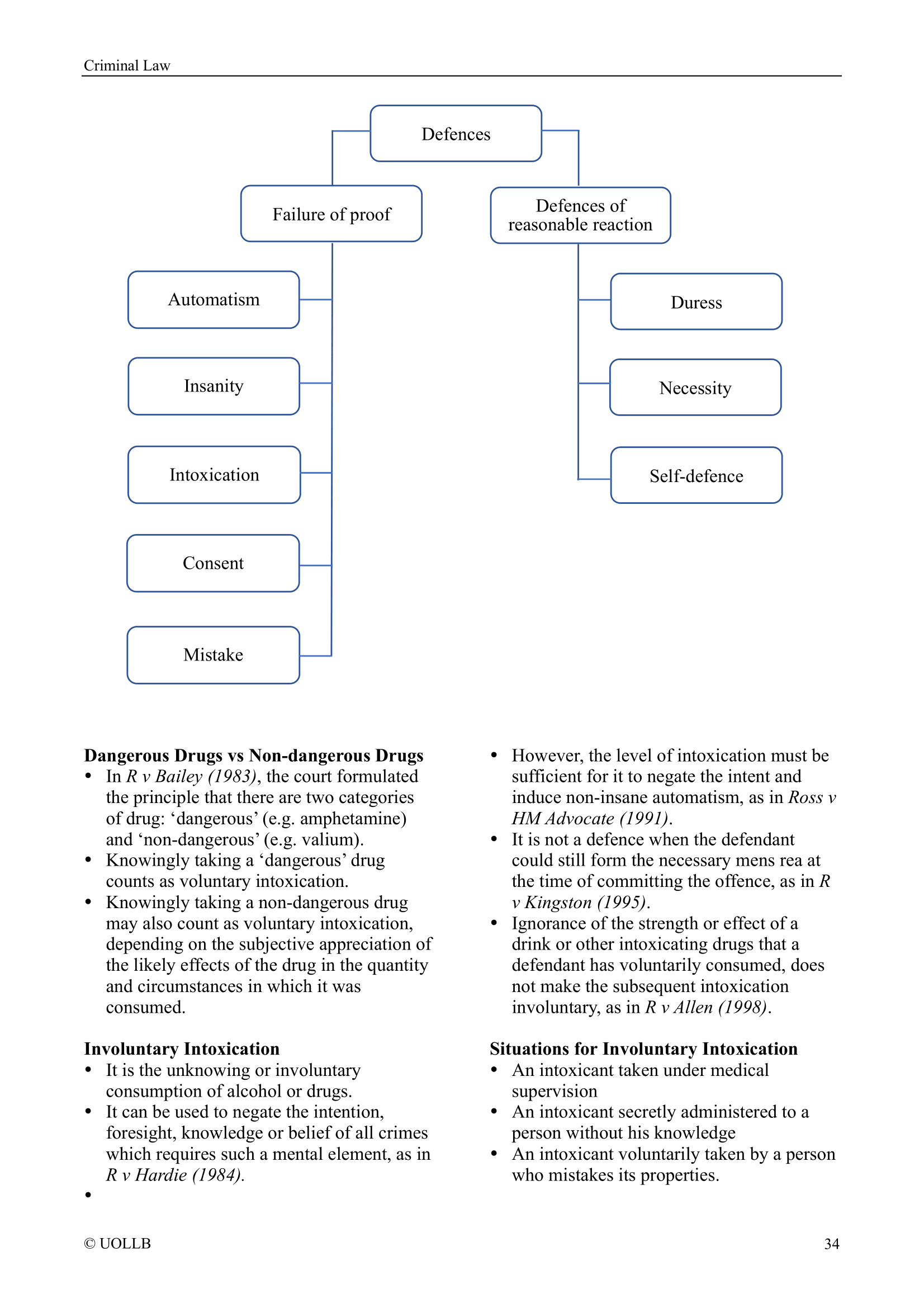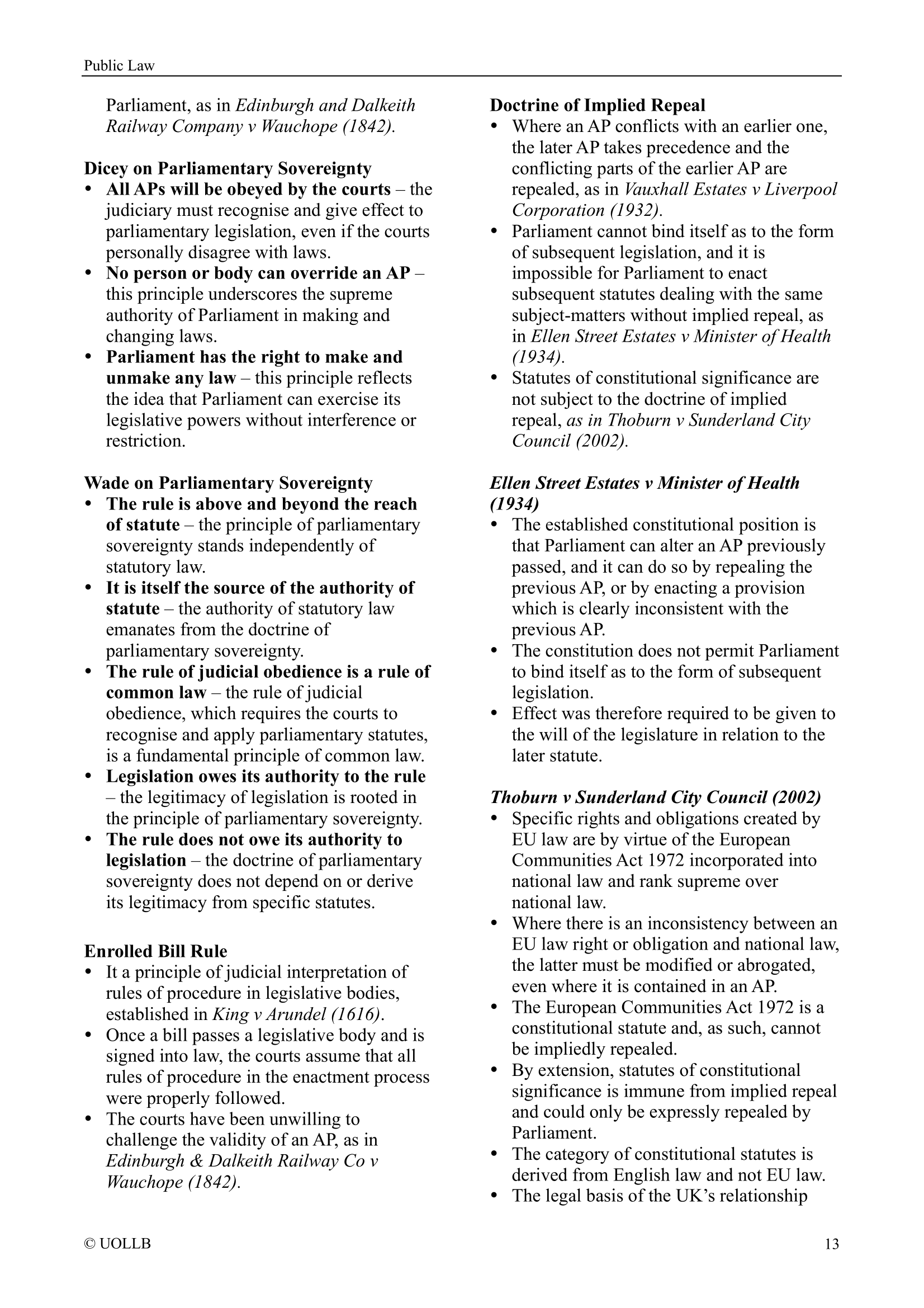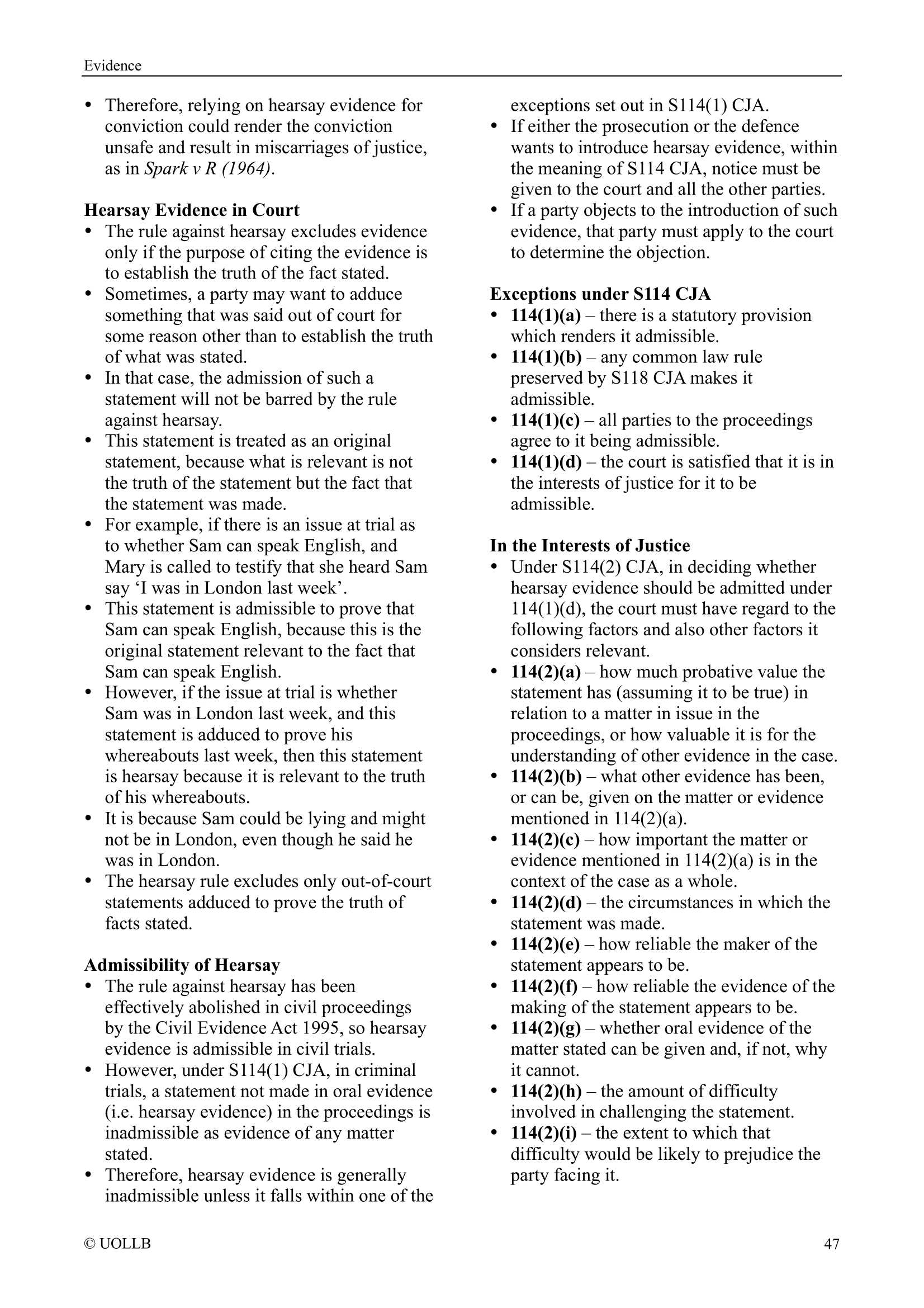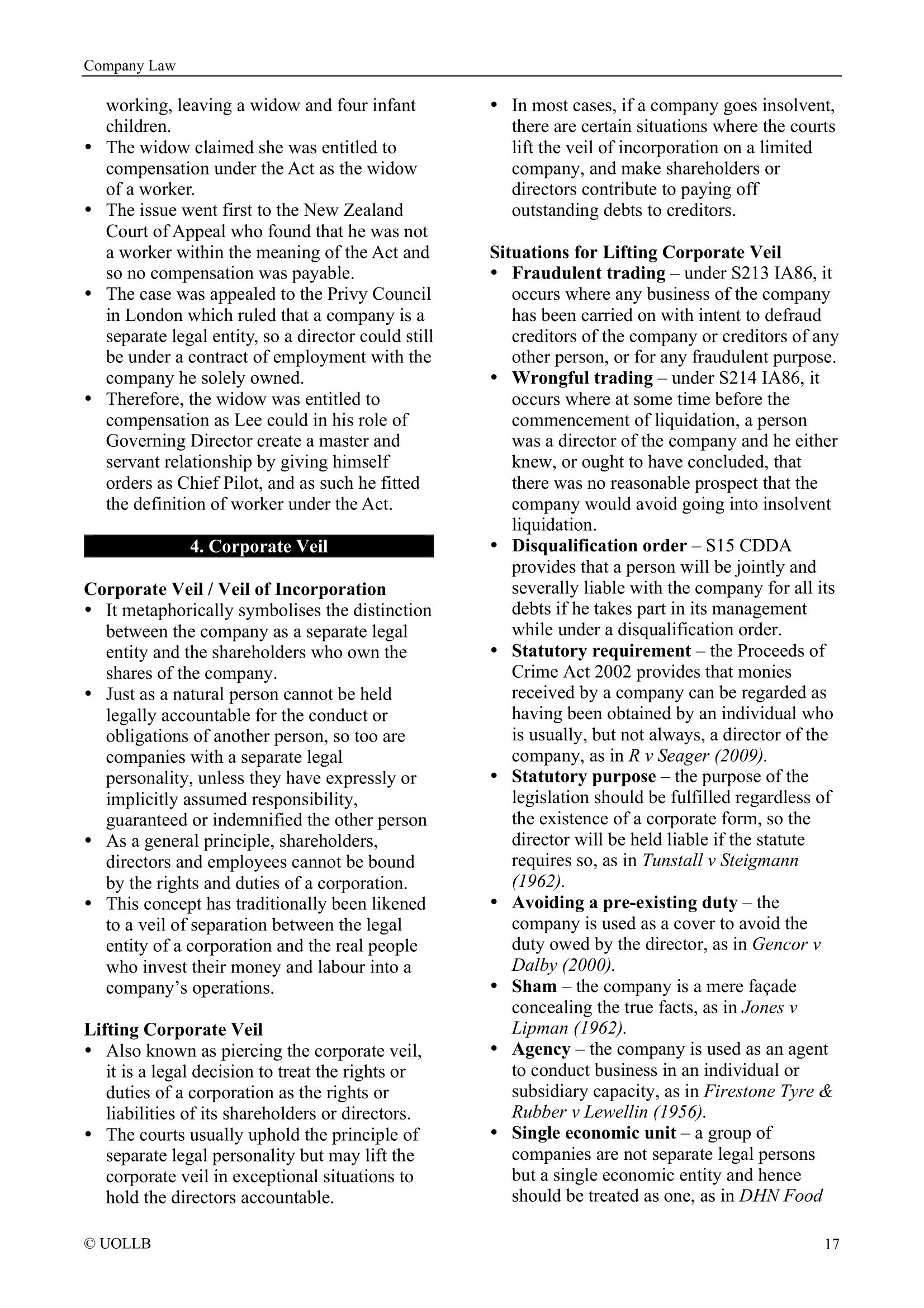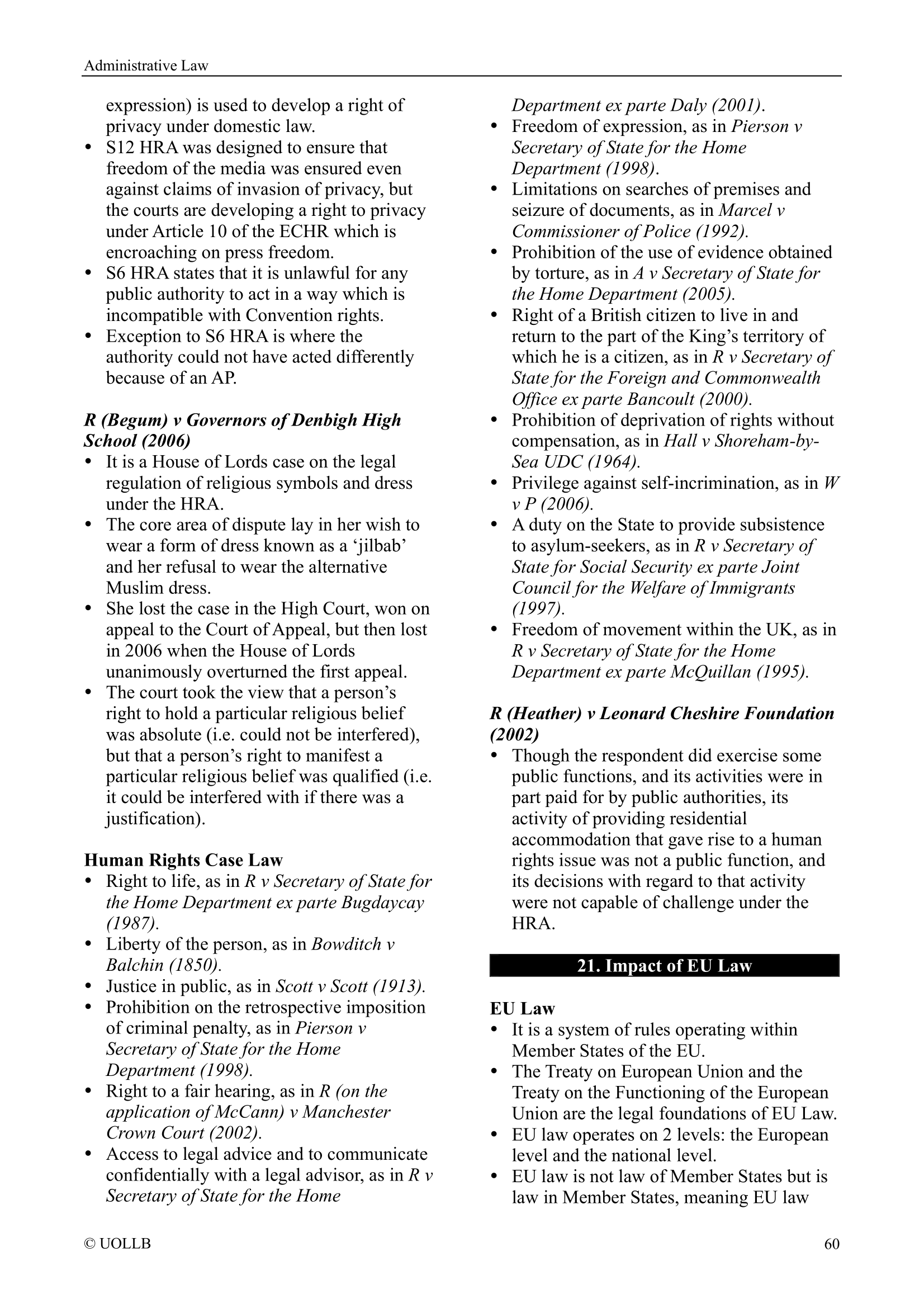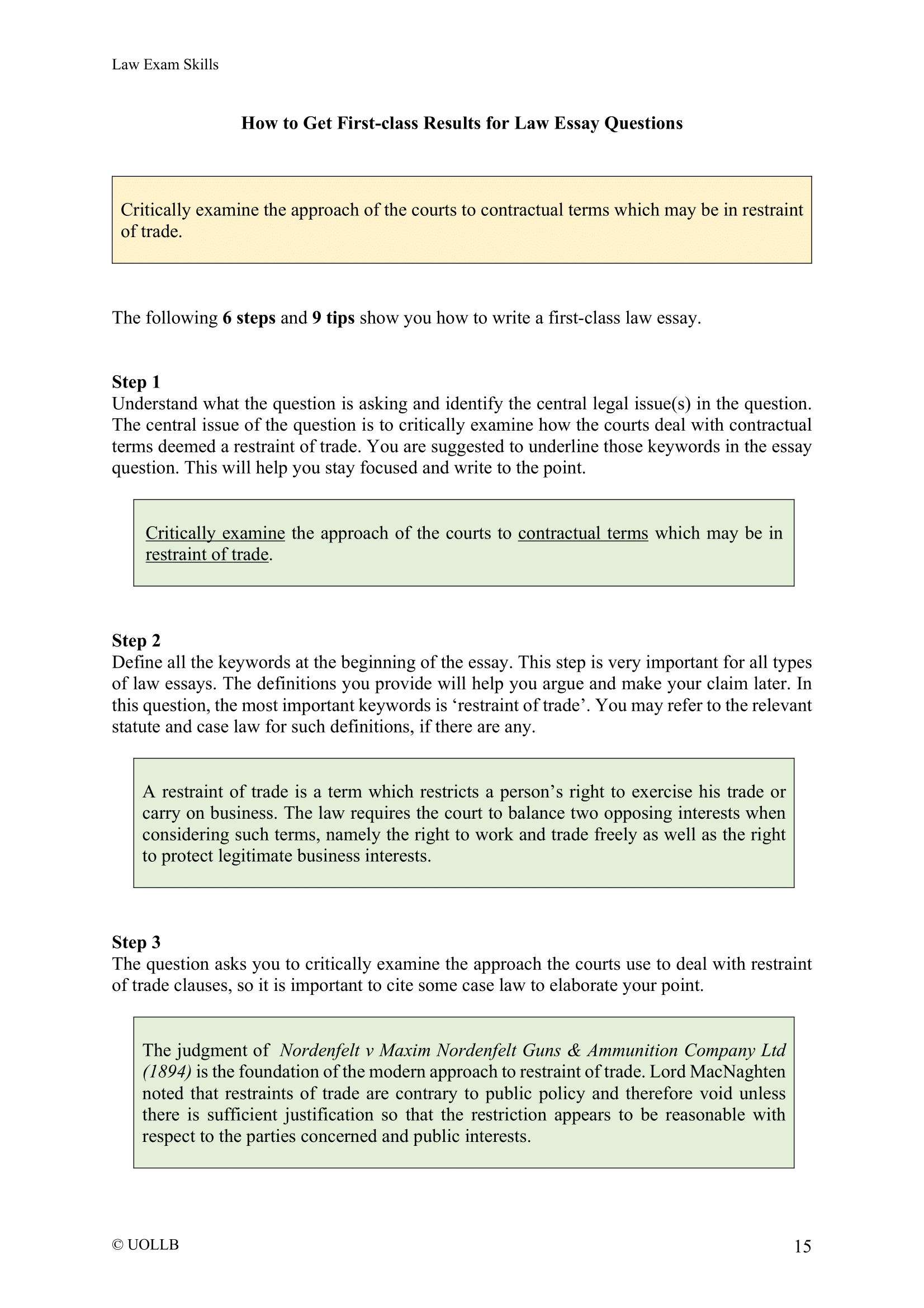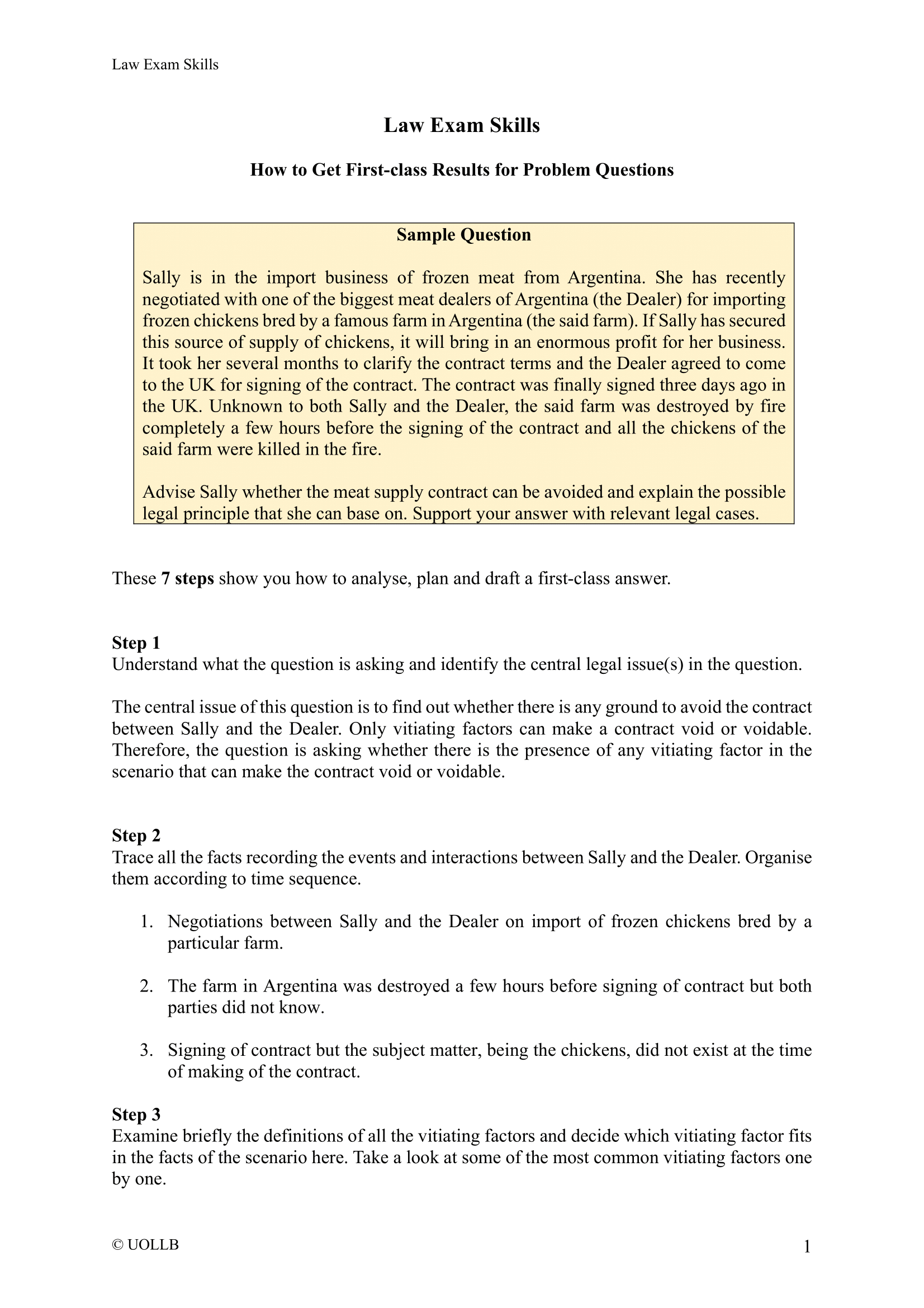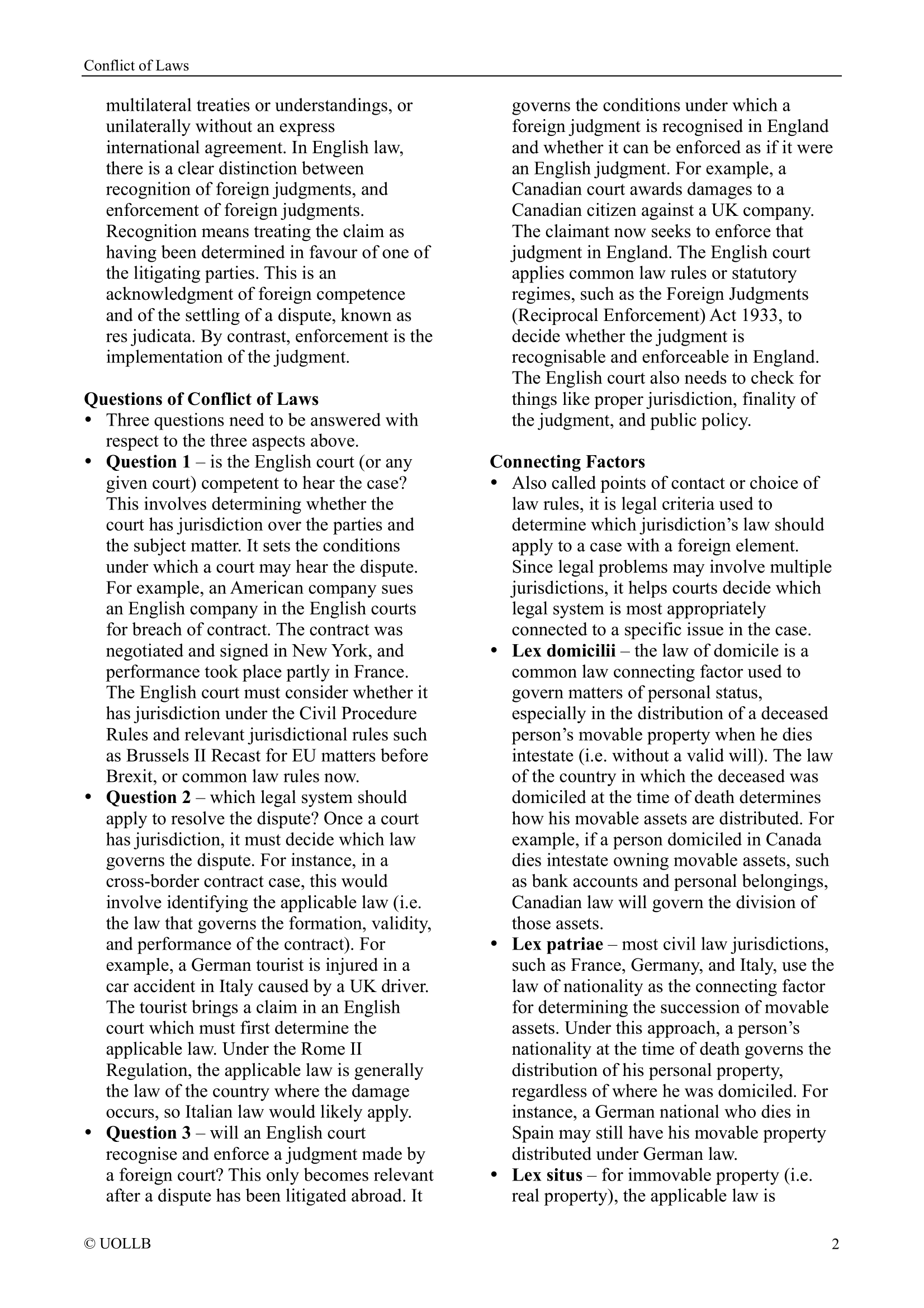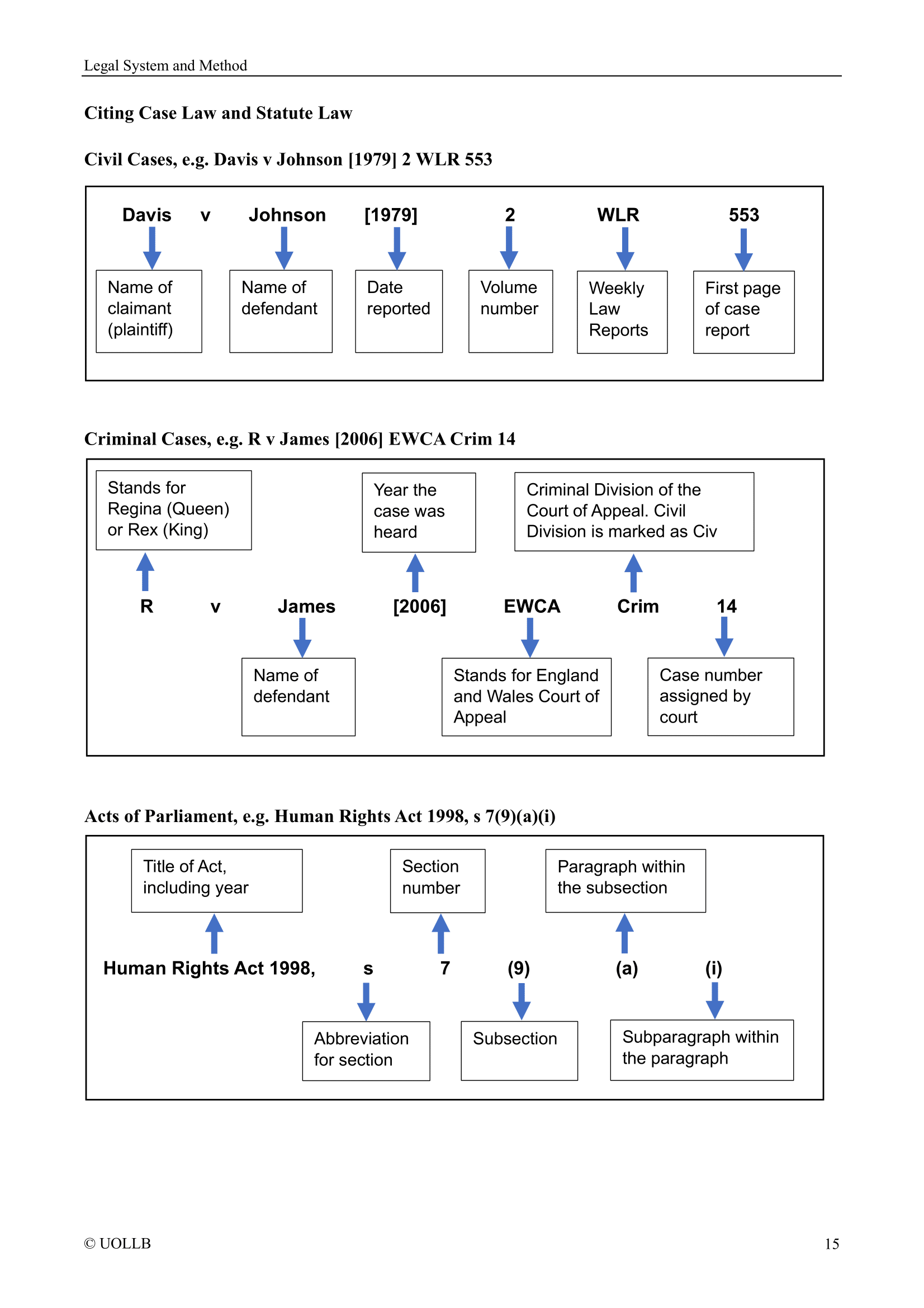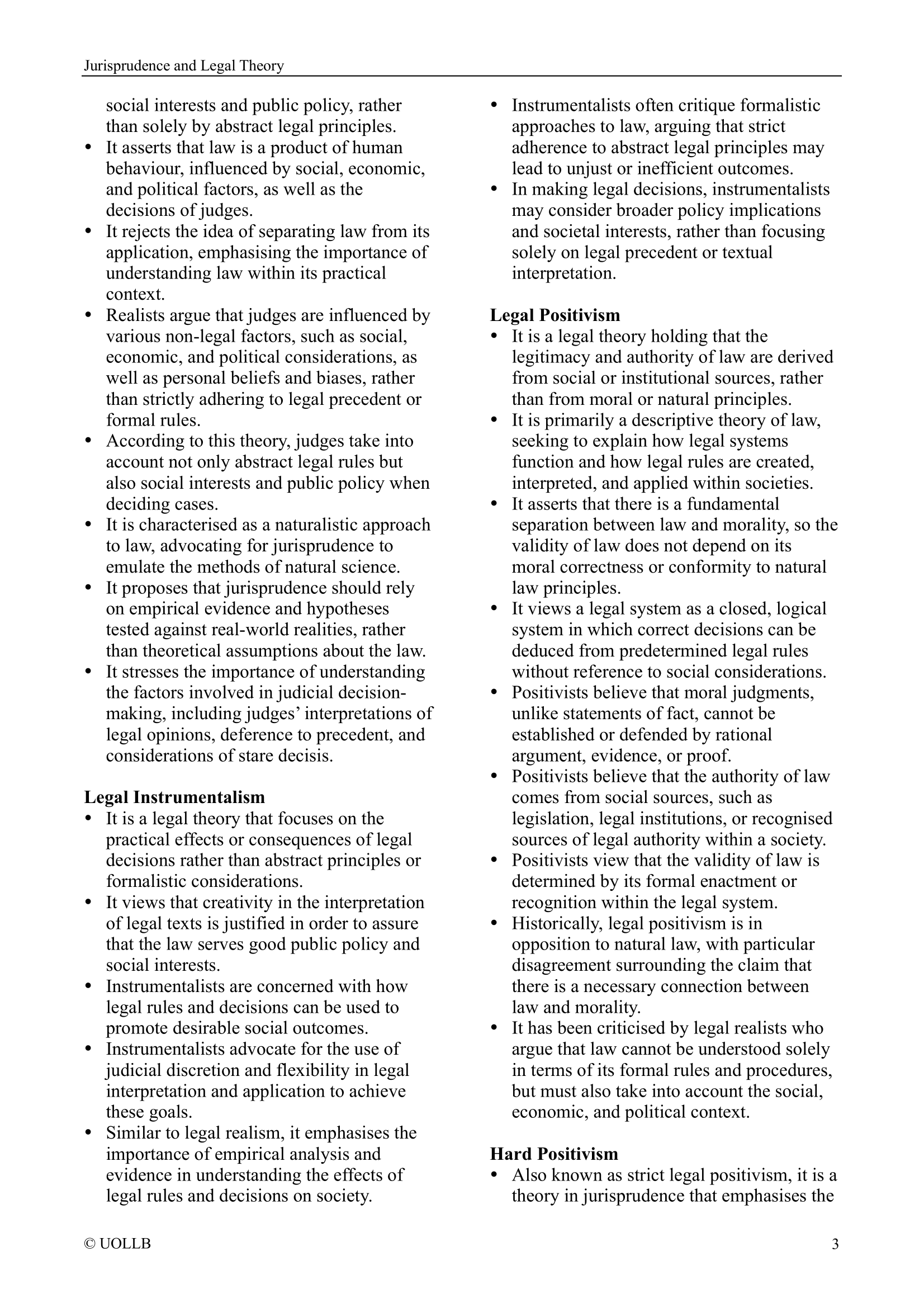Nielson-Jones v Fedden [1975]
Share
Nielson-Jones v Fedden [1975] Ch 222 revolves around the question of whether a settlement agreement or memorandum, with vaguely worded terms, can be considered words of severance under Section 36(2) of the Law of Property Act 1925, leading to the conversion of joint tenancy into a tenancy in common in equity.
This case involved a dispute over the co-ownership of land between spouses following the breakdown of their relationship. The parties entered into a memorandum which granted the husband the discretion to sell their former matrimonial home. The memorandum stated that the husband should use his entire discretion and free will to decide whether to sell the house for the purpose of purchasing a new home for himself.
The judgment, delivered by Walton J, focused on whether the memorandum constituted words of severance effective under Section 36(2) of the Law of Property Act 1925. Severance of joint tenancy would result in the parties becoming tenants in common in equity.
Walton J held that the memorandum primarily dealt with the use of the land and did not clearly address the ownership of the proceeds of the sale. The wording of the memorandum was deemed wholly ambiguous regarding ownership. The judge emphasised that the notice of severance must be made irrevocable and expressed doubt about the precedent set in Re Draper’s Conveyance [1967], as questioned in Burgess v Rawnsley [1975].
The court concluded that the memorandum, being insufficiently clear in its terms and addressing the use rather than the ownership of the property or sale proceeds, did not effectively sever the joint tenancy under Section 36(2) of the Law of Property Act 1925. Additionally, the ongoing negotiations between the parties did not result in a firm agreement that could be relied upon for severance.
This case highlights the importance of clarity in documents intending to sever joint tenancies and the distinction between dealing with the use of land and the ownership of the property or proceeds of sale. The court emphasised the need for unambiguous language when severing a joint tenancy.
